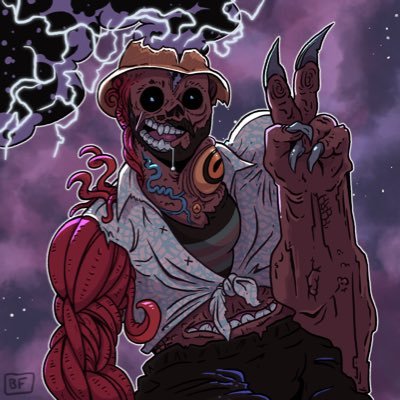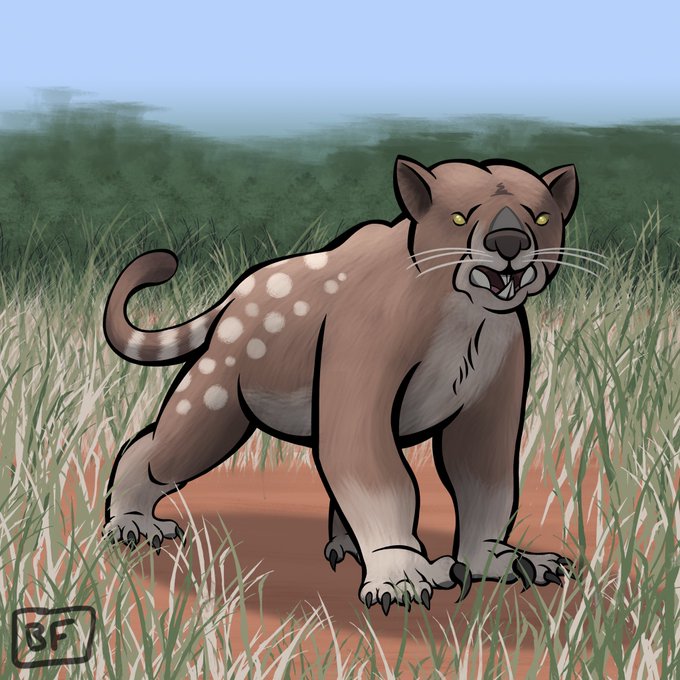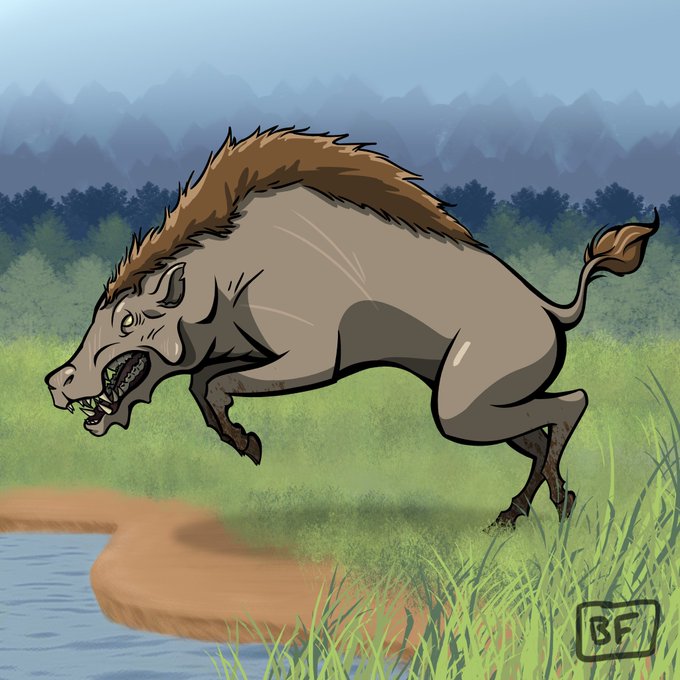Xenokeryx amidalae, “Amidala’s strange horn”, lived in what is now Spain during the Miocene around 16mya. It’s most well known for it’s four bizarre ossicones, including a unique T-shaped structure near the back of the skull.
#marchofthemammals2022
Archaeotherium, “ancient beast”, lived in the forests of what is now North America between 35-28mya. Their teeth and jaws are unlike any living species, though they share similarities with pigs, bears, rhinos, and bone-crushing scavengers.
#marchofthemammals2022
Ambulocetus natans, “walking whale”, was an early amphibious cetacean. It lived in the jungles that covered what is now India around 48mya. While it maintained four legs for walking on land, its streamlined body made it much more suited for life underwater
#MarchoftheMammals2022
The Willow Ptarmigan has an enormous range, spanning from the British Isles to Russia, to Alaska to Quebec. They are known for their seasonal plumage, changing from white in winter to a marbled brown in summer. The Willow Ptarmigan was made the state bird of Alaska in 1960
White Storks are long distance migrators, summering across Europe wintering as far south as South Africa. While not officially, the White Stork is considered to be the national bird of Ukraine, representing ideas of family, loyalty, and patriotism.
I Stand With Ukraine.
I love it when @KateKomics puts out a #drawthisinyourstyle. Her “Voices of the Dark” comic is genuinely one of my favorite pieces of Star Wars media. If anyone at Lucasfilm is seeing this, make the correct decision and hire them!
Trump caught this episode of Spongebob and thought “now there’s an idea…” https://t.co/u75YJCJg6X
Six Nintendo Fanarts Day 5: Snifit!
Thank you @•herebedragoncat for the suggestion on instagram!


















